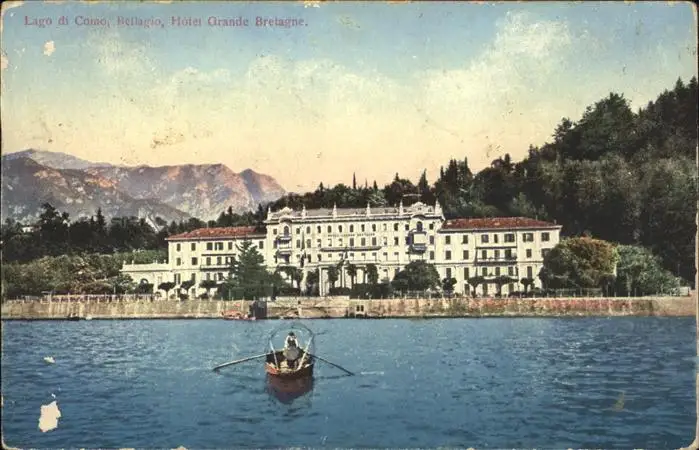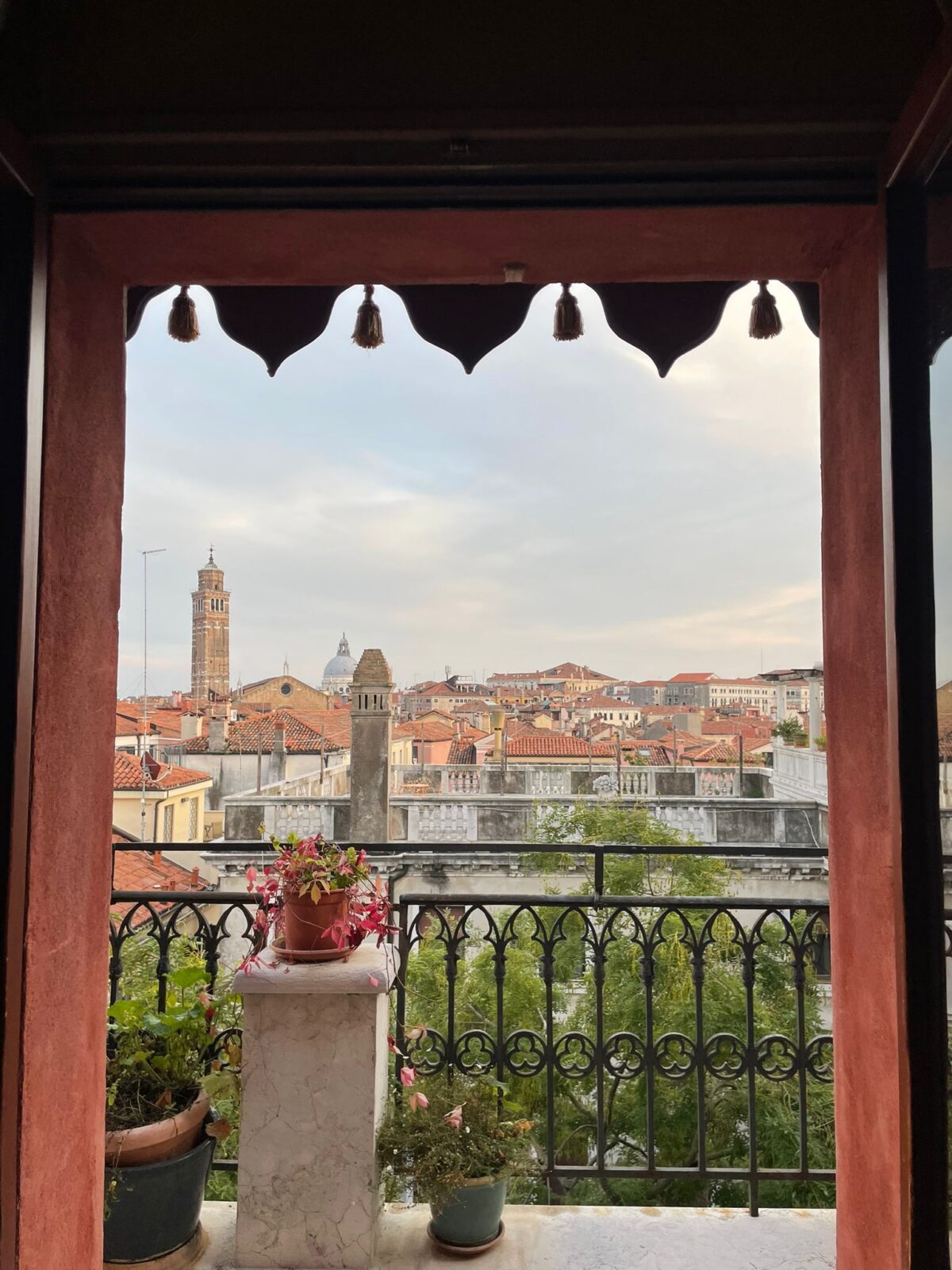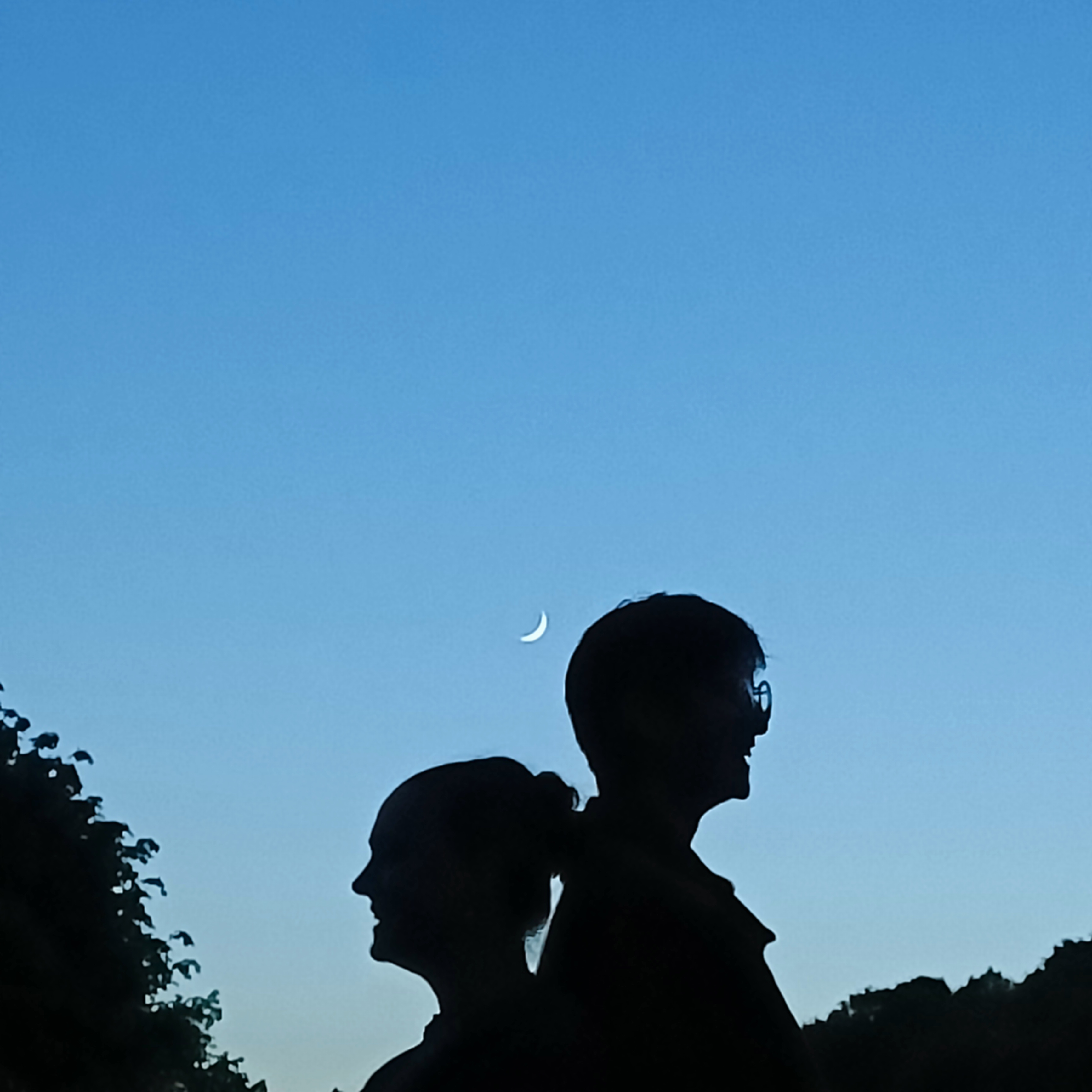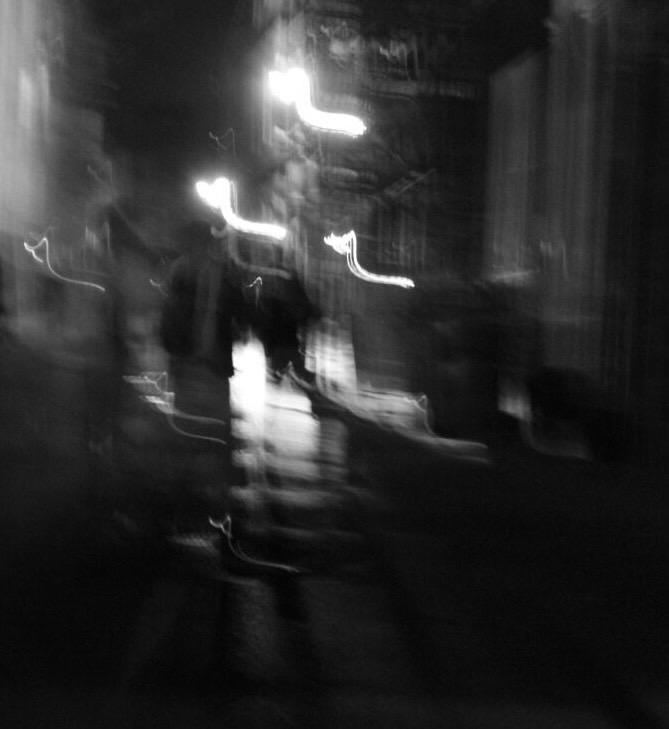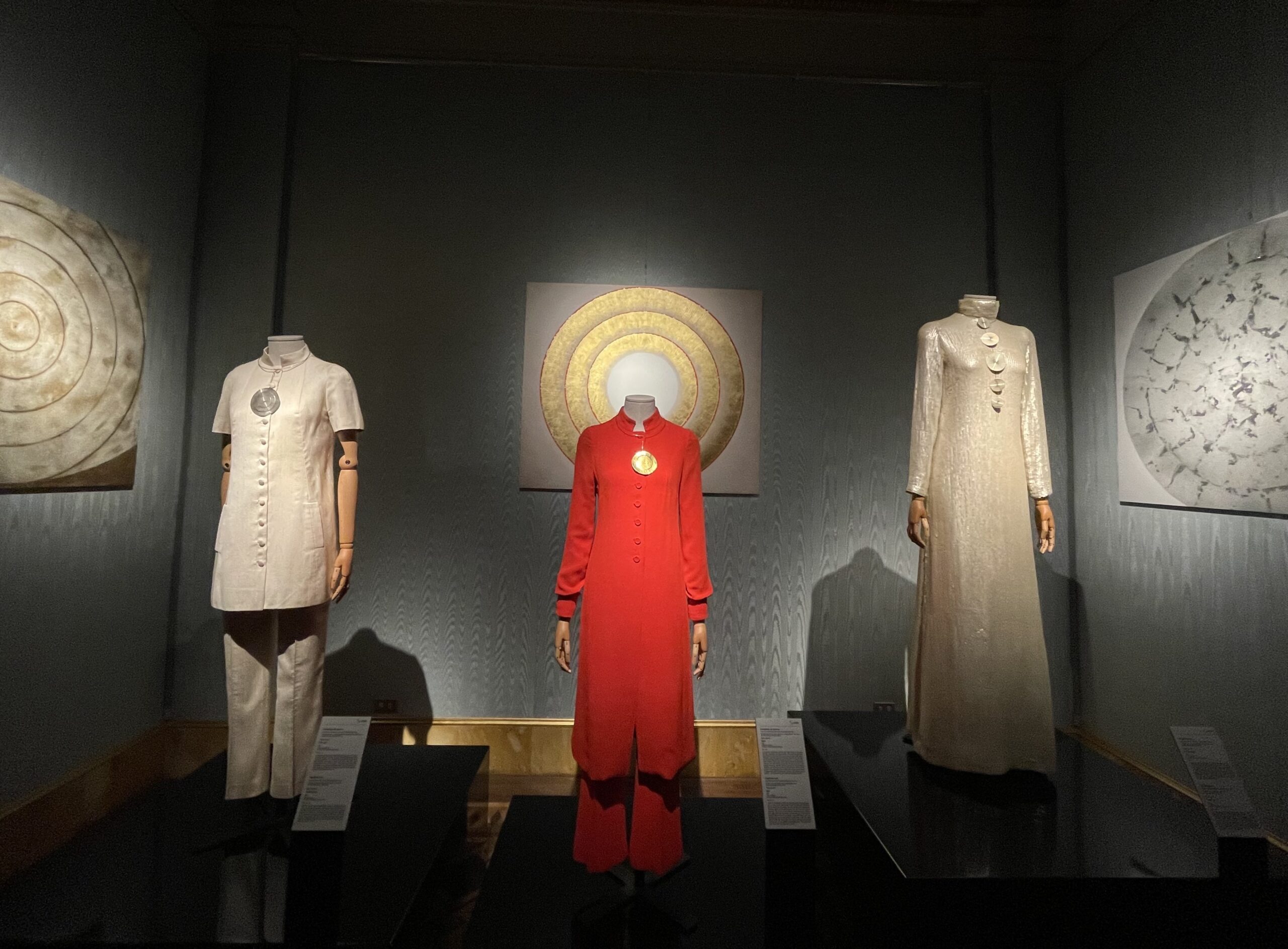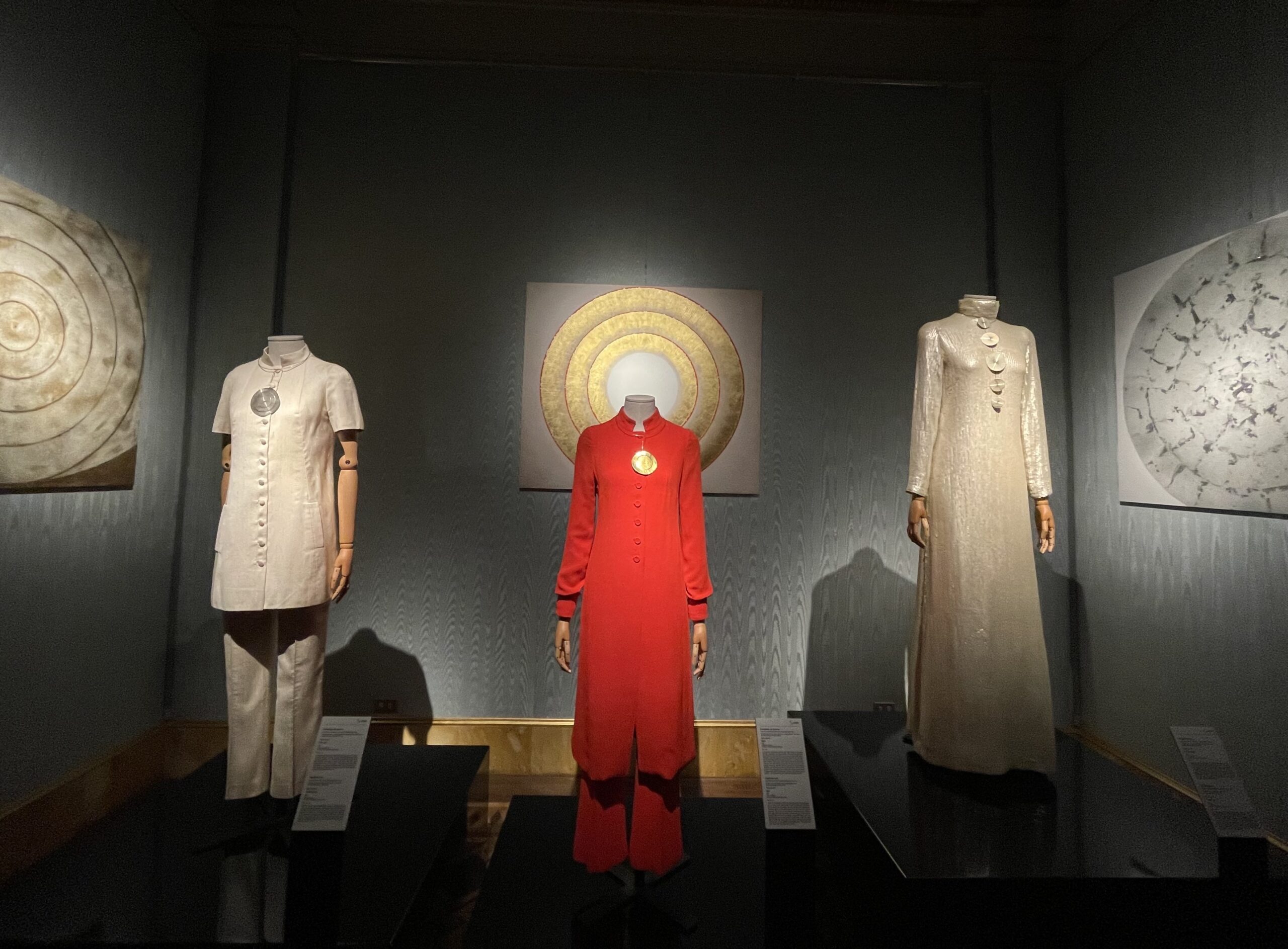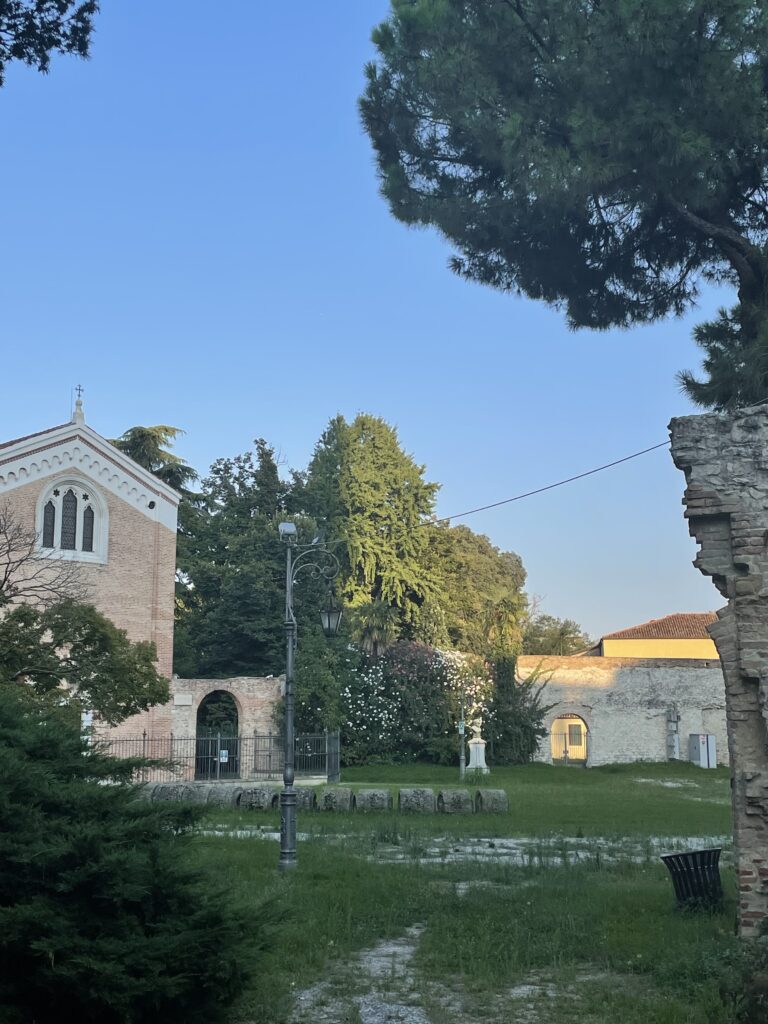By Emilia Brookfield-Pertusini
The world of Wes Anderson’s The Grand Budapest Hotel contains the nostalgia of a time we never saw. A time when tourism was more than Instagram destinations and drinking cheaper booze. As the symmetrically perfect landscape of The Grand Hotel flickers between the hotel’s height and its slow descent to obsolete grandeur, we must ask what happened. Where did all these buildings go? The truth is, they didn’t go anywhere, we simply moved on without them, trapping them in a Haversham-like web of past and decay, with no room for the future to whisper some resurrecting hopes through. L’Hotel Grande Bretagne haunts the promenade of Bellagio, as oblivious Americans snap and sip in the shade of its glory.
In my almost 20 years of life, my Italian homeland has changed. Gone are the days of people not knowing where Lake Como was; I have met people now who not only know where the place that has defined my summers is, they have swum on the shores of my village, walked the same cobbled staircases as me, jumped off the same bridge as thousands of Italians, Romans, and Lombardian people did before. People want that Italian summer. It’s a rather enviable summer and one I have taken for granted for a long time. There are certain times of the day when sitting on the porch back in Nesso the whole lake goes quiet. The lake glitters as the sun arches over the mountains just right, stardust dancing from the watery depths below, the boats retire, and even from my perch up in the heavens of the village, you can hear the gentle sighs of the lake, yawning as it nuzzles against that familiar shore. This should be enough. This was enough. But it isn’t anymore.
Lord Byron spews hundreds of tourists off its deck. Manzoni lingers, puffing and panting, zigzagging across the lake not far behind, carrying the same load of hungry eyes and cameras. Out onto the promenade of Bellagio, they flounder, wondering where next to sit and sip. The Grande Bretagne looks on, paralyzed. Birthed as a response to Lord Byron, the Grande Bretagne served to house these future poets of the English upper class. This pilgrimage to the ‘pearl of the lake’ was one to see a place of wildness, of mystery as the mist rises on a silent morning, of inspiration, all under the shelter of the endless mountains, water and sky. Before meeting his end, Percy and Mary Shelley took shelter by the lake, hiding from the endless troubles flung at them during their marriage. A refuge. A stop away from the rest of the world. To find inspiration and keep beating on against the current. A sanctuary like no other. The Shelleys, Byrons, Flauberts of a new age, a belle-epoch, were to be sheltered by The Gran Bretagne. She provided all they needed. The grand mistress of the lake, providing international schooling and scandal in her grounds. Home comforts next to Italian ruins. Panoramic views of infinite sublimity. A search for Italy. Elegentiza from all over Europe flocked to her arms, longing for that Romantic experience. To bathe oneself entirely in all the lake had to offer to them. And yet, to remain hungry.
From there she rose. The Gran Bretagne. Named in honour of those poets who came before her, she reached out to those around her after being wrongfully christened L’Hotel Grande Italia. Tourists crept back in after il Duce was caught along her shoreline, and with them crept old fashions, roast beef, and a surprise visit from an unelected Churchill. Whilst cigars, watercolours, and oysters flowed, locals learned how to become professional mixologists, oyster shuckers, and linen pressers. It was here my Nonno learned to cook; having never been afforded such continental delicacies at home, this job gave him more than a culinary education. The peach wedding cake on the lake was feasted on by all.
However, the Italy the tourists were searching for wasn’t one that was pleasant to those who had always known her. Coffee cups clinked on the terraces outside, whilst inside people dreamed dreams unlike those of the Romantics; escape, revolution, to be better. She was like no other. She saw it all, and her arms heavy, mustered a response. People came to her for a better life, even if only for a night.
Sunrise. An orange lake. An old man pushes out a batell further into the abyss. The battering of a carpet, the hum of a lawn mower. Through the green, the snakes draw open their eyes to the uninterrupted, mice playing in her skeleton. Something happened. A shift. And now she lies alone, unable to keep up. No more Romantic poets. No more escape.
Since Succession, James Bond, Clooney, and Star Wars arrived, she has been forgotten. They are the future, the ideal portrait of wealth, class, and taste. She can’t fit in. Her ballrooms, marble stairs, palm trees, and muraled ceilings mean nothing to the insatiable crowd of today. The iconic cobbled saliti of Bellagio is nothing more than a backdrop. Scenes of happiness, wealth, and a supposed Italian summer play out on her stage, the real Bellagio cowering off stage, hiding behind the alleyways, pushed far from the actions. Boats recklessly drive towards the shore, smiling for the camera as locals close their shutters. The towns swell under the mass of footsteps, yet no footfall is to be seen by the locals, as tourists flock to industry-approved havens, found from one of the endless flock constantly bleating about a perfect Lake Como itinerary, away from the alberghi, alimentari, and agriturismi. Mountains peep out from gapes between bars where Aperol constantly flows and boutiques where the silk industry has departed in favour of Armani and Gucci, the mountains that beckoned people all those centuries ago stand hidden from the spotlight, a minor role in this melodrama. Scripts written in English, costumes loaned from theatres from far afield, is this really Italian, or just an American fetish?
Locked away in plain sight. Waiting ever patiently for this Renaissance of the Lake to reach her. Her, covered in cobwebs. Her, who’s marble staircase lies destroyed, stolen in some other house. Her, surrounded by a grail of thorns. Holding on to whatever of her she has left; using the cobwebs to feign a wedding dress, trying to keep the new rodent house guests happy. Like the rest of the lake’s features, she can’t come out, as she doesn’t align with them. Unlike The Grand Budapest Hotel, the love stories of The Grande Bretagne remain hidden, decaying with the timbers. There is no interest, no eventual demolition, only rot.
This is the history of a building that no one wants anymore. Yet, we still need her. She carries a lot with her, representing what we could have been as travellers. People who slip into the scenery, do not make the scenery a prop. Lake Como is a place that is stubborn to move forward, and maybe you will think me stubborn and jealous too, yet this stubbornness is born of protection. There is only so much it can endure, and it is being exploited by too many, searching for the wrong Italy. When travel advice is so easy to encounter and when travel has become so quick, easy, and convenient, have we forgotten why we do it? We all want beauty, we all want the sublime, we want what those past travellers of The Grand Tour wanted, but we want it fast, on demand. By being too quick, and being too blind-sighted about where, and why, we travel, we miss out on where we are all together. We miss out on the immersion. We come to these places to pretend the beauty is ours, part of our existence, but how can we if we stay for so little time? The Lake is known by many, yet a stranger to most.
The Grand Bretagne is the cost of our travel. The lives, the history, and the buildings we affect by changing the way we travel. If we want beauty, we must be patient. We must push past the thorns, separate from the crowd, and bask in what once was, and what can still be. The beauty hasn’t gone away, we have just ignored it.



